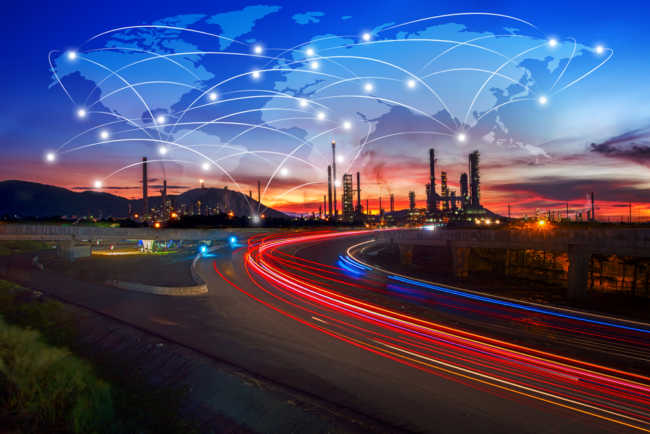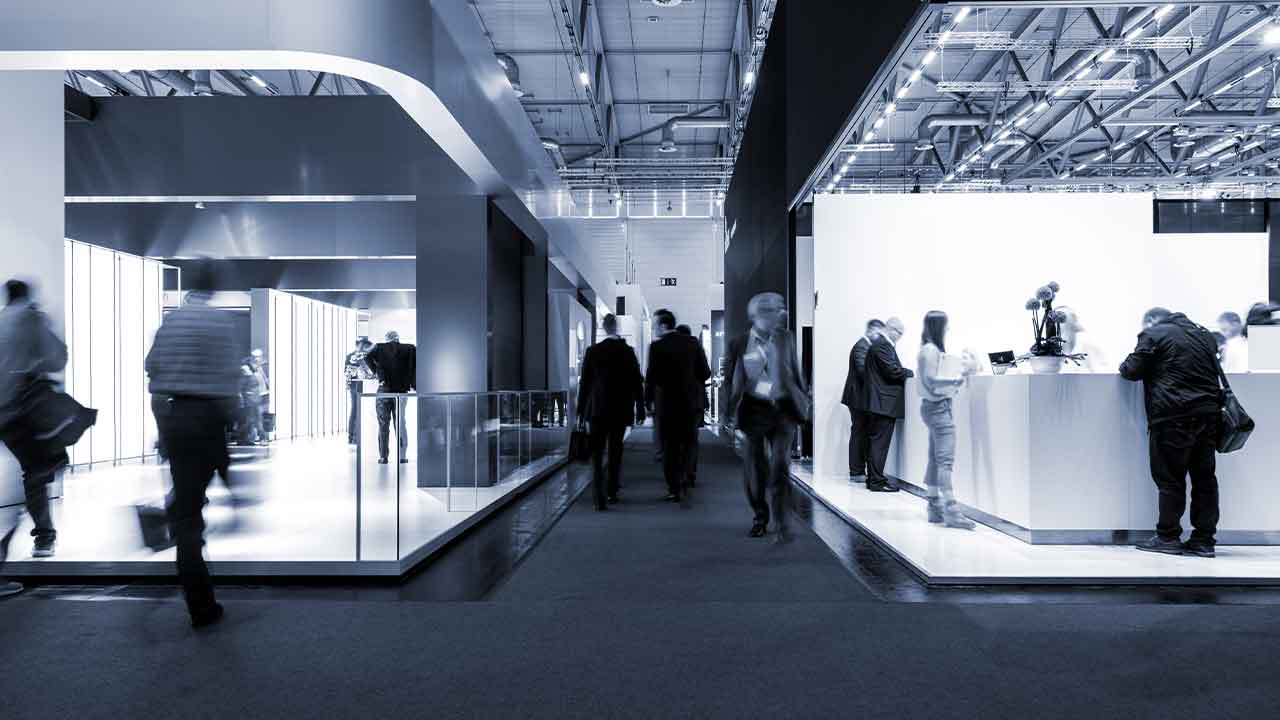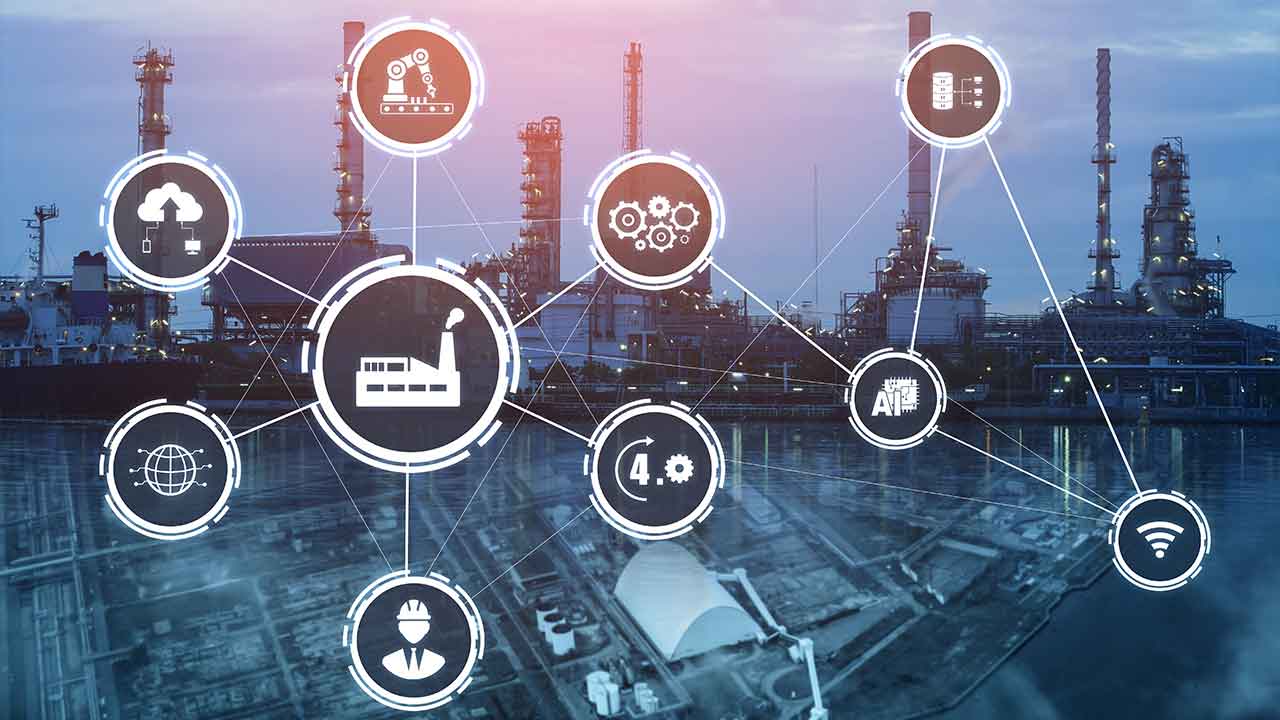Connected Street Lighting: A Strong Foundation for a Smart City
Throughout history, regional and municipal governments have used new technologies to improve the lives of their citizens. The aqueducts of Rome brought outside sources of water into the city, enhancing both public and private facilities. The London Underground, the first underground railway, made it easier and safer for people to move around the burgeoning city. Today, cities are using another new technology – connected street lightning – to transform the ever-present street lights that line most city streets, installing LEDs that dramatically reduce energy use and costs. The impact of LEDs is significant – street lighting can account for up to 50 percent of a city’s entire energy budget, and by simply replacing old street lightbulb technology with LEDs, New York estimates it will save $14 million a year in energy costs, while Chicago estimates it will save $10 million.
However, many cities are taking this smart street light transformation one step further, using IoT-enabled connected street lighting to improve their citizens’ quality of life, increase revenues, cut costs and support the deployment of a range of smart city applications in IoT.
What is smart city lightning?
Smart street lighting enables city officials to increase and decrease street lighting illumination levels at different times of the day or night in response to weather events. Cities can use it to develop “follow-me” strategies that turn on street lighting only in response to specific pedestrian or vehicular activity, allowing them to reduce their energy costs. They can enable light flashing and sequencing to support traffic and crowd control during special events. And they can use connected street lighting to improve safety by increasing lighting in higher-crime areas and by providing first responders with the ability to increase lighting when they respond to an incident.
Smart Light Connectivity: The Spark of True Intelligence
Until recently, cities trying to centralize connectivity for connected street lighting used proprietary gateways that connected to smaller segments of street lights already connected via low-bandwidth communications, such as power line carrier (PLC) or a local RF mesh network. A cellular modem could also be added for backhaul communications to the central management software platform. However, this proprietary infrastructure was expensive and had limited utility.
With the development of the Internet of Things (IoT), there’s now a much better way. Point-to-point (P2P) cellular technology eliminates the need for proprietary gateways and segment controllers. A wireless cellular modem on each light pole can be configured to support low or high data throughput, depending on the application. A small antenna mounted on the pole enables direct communication to a central management software platform, creating a single network and paving the way for the use of advanced sensors and actuators that enable the deployment of other smart city applications in the future.
Benefits of P2P in Street Lighting
P2P technology also delivers a variety of other benefits over previous, proprietary connected street lighting technologies:
- Greater coverage, reliability, scalability, and efficiency – Cellular communications provides reliable connectivity that can scale from very low to high data throughput to support a wide range of applications. Connected street lighting infrastructure providers can scale their solutions to support everything from simple light dimming to more bandwidth-intensive applications such as video surveillance.
- Managed network, licensed spectrum – The cellular network is managed by carriers and relies on licensed spectrum, ensuring reliable communication without the interference that hampers other technologies.
- Ease of installation and maintenance – With cellular technology at the pole, there is no need for advanced installation expertise, complex initial surveys, or ongoing network maintenance. A technician can install the modem at the pole top with minimal commissioning, dramatically reducing field installation costs. Once turned on, the modem immediately connects with the secure, reliable cellular network that’s already in place.
- GPS built into the modem – Built-in GPS eliminates the need for a separate, standalone GPS device, reducing costs and enabling faster commissioning of light poles.
- Open standards – Once deployed, connected street light systems should remain operational for decades. Smart lighting systems built using proprietary RF technologies can quickly become obsolete. With cellular public lighting solutions, OEMs can build solutions based on global standards that will be supported for the long-term.
Leveraging Connected Street Lighting Infrastructure for other Smart City Applications
Once light poles are connected to a central management software platform, regional and municipal governments can use this new intelligent infrastructure as the foundation for other smart city initiatives – all made more efficient and cost effective by taking advantage of these existing assets.
For example, smart city public safety applications can use video surveillance cameras, emergency call stations, and environmental monitoring stations (with sensors to detect earthquakes, air quality, noise, etc.) strategically placed on light poles. Digital signage on select street light poles can provide real-time information to drivers, pedestrians and residents related to traffic, emergencies and local events, or be used to generate advertising revenue for the city.
Why is smart street lighting the answer?
Connected street lighting also enables governments to use their street lights for Wi-Fi access. These access points can be used by city personnel to lower their cellular data usage,, reducing city expenses. Wi-Fi access points can also be used to provide Internet access to local businesses and residents, providing the city with a new sources of leasing or adverting revenues. In addition, cities can use these Wi-Fi access points to help bridge the digital divide by providing poorer city residents with free or low-cost Internet access. Smart parking meters or pay stations attached or connected to light poles can eliminate the costs associated with trenching for standalone meters and pay stations.
Electric vehicle (EV) charging stations can be equipped with payment processing that is integrated with connected lighting in parking lots and near entertainment venues, increasing access for EV drivers, encouraging more use of EVs, and generating additional revenue for regional and municipal governments.
Alone, connected street lights using P2P cellular technology offer cities the opportunity to make their city’s lighting more useful, less expensive, and smarter. However, connected street lights can also accelerate deployment of Wi-Fi access points, digital signage, connected parking meters, EV charging stations and other smart city initiatives that allow cities to deliver their citizens a higher quality of life, while also improving city finances. As they move forward in seeking to digitally transform themselves, regional and municipal governments should first look at how the IoT enables a seemingly simple technology – the street light – to serve as the foundation for their smart city initiatives.
Connected Street Lighting FAQs
What are connected street lights?
Connected street lights, also known as smart street lights, are lighting fixtures that are equipped with advanced technologies such as sensors, wireless communication, and data analytics capabilities. These lights can be remotely monitored, controlled, and managed through a central system, allowing for improved energy efficiency, maintenance, and enhanced functionality.
What is a smart street lighting system?
A smart street lighting system is a network of connected street lights that integrates various technologies to enable intelligent control and management of outdoor lighting. These systems typically incorporate sensors, communication networks, and data analytics to optimize lighting operations based on real-time conditions, such as motion detection, ambient light levels, and traffic patterns. Smart street lighting systems offer benefits such as energy savings, reduced maintenance costs, and improved safety.
What are the benefits of smart street lighting?
Smart street lighting offers several benefits. Firstly, it promotes energy efficiency by adjusting lighting levels based on real-time needs, resulting in significant energy savings. Secondly, these systems enable remote monitoring and control, allowing authorities to detect faults, optimize maintenance schedules, and reduce operational costs. Additionally, smart street lighting can enhance safety by dynamically adjusting lighting levels in response to pedestrian or vehicle movement, improving visibility in specific areas. Furthermore, these systems can support the integration of other smart city technologies, such as environmental sensors and traffic management systems, facilitating better urban planning and resource allocation.
What are the disadvantages of a smart street lighting system?
While smart street lighting systems have numerous advantages, there are a few potential disadvantages to consider. One disadvantage is the higher upfront cost of implementing the system compared to traditional street lighting. The integration of advanced technologies and infrastructure may require significant investments. Additionally, the reliance on sensors and communication networks introduces vulnerabilities to cyber threats and data privacy concerns. It is essential to implement robust security measures to protect the system and ensure the privacy of collected data.
Will smart street lighting help future-proof our cities?
Yes, smart street lighting can help future-proof cities in several ways. By adopting smart street lighting systems, cities can enhance energy efficiency and reduce their carbon footprint, aligning with sustainability goals. These systems also provide a foundation for the integration of future technologies, such as Internet of Things (IoT) devices, environmental sensors, and smart city applications. The data collected from smart street lighting systems can contribute to urban planning, traffic management, and resource optimization, leading to more sustainable and livable cities in the long run.
 This article was written by Remy Marcotorchino, the Director of Marketing, Industrial and Infrastructure at Sierra Wireless, with worldwide responsibilities in the industrial and security markets. Prior to joining Sierra Wireless, he held positions in Fortune 500 companies including Texas Instruments, Sanmina SCI and Alcatel. He holds an MBA from SMU in Dallas, TX and a MS EE from INPG in Grenoble, France.
This article was written by Remy Marcotorchino, the Director of Marketing, Industrial and Infrastructure at Sierra Wireless, with worldwide responsibilities in the industrial and security markets. Prior to joining Sierra Wireless, he held positions in Fortune 500 companies including Texas Instruments, Sanmina SCI and Alcatel. He holds an MBA from SMU in Dallas, TX and a MS EE from INPG in Grenoble, France.



